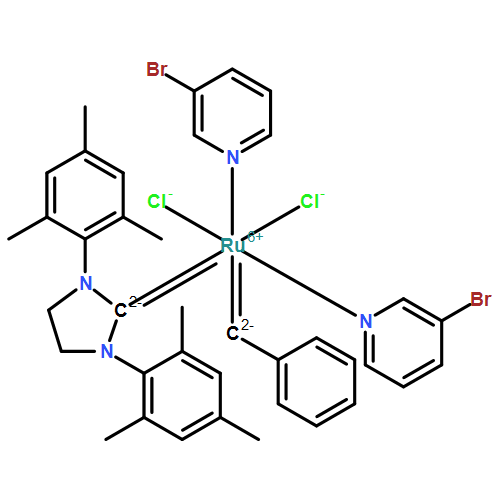Co-reporter: Junfang Wang, Hongfei Li, Xiaojuan Liao, Meiran Xie and Ruyi Sun
pp: 4912-4923
Publication Date(Web):27 Jun 2016
DOI: 10.1039/C6PY00724D
A series of dendronized polyacetylenes with trans-double bond and five-membered ring backbones were prepared by metathesis cyclopolymerization. The dendronized polymers had good thermal stability with a highest decomposition temperature of 330 °C, and excellent electrochemical stability with a broad electrochemical stability window of 6.0 V. Meanwhile, the flexibility of the dendronized pendants make the polymers have a rigid conjugated backbone exhibiting a lowest glass transition temperature of −22.2 °C. After doping with different ratios of LiTFSI, the ionic conductivity of the polymers was higher than that of their intrinsic ones, and the highest ionic conductivity of the polymers reached 4.3 × 10−6 S cm−1 at 30 °C.
